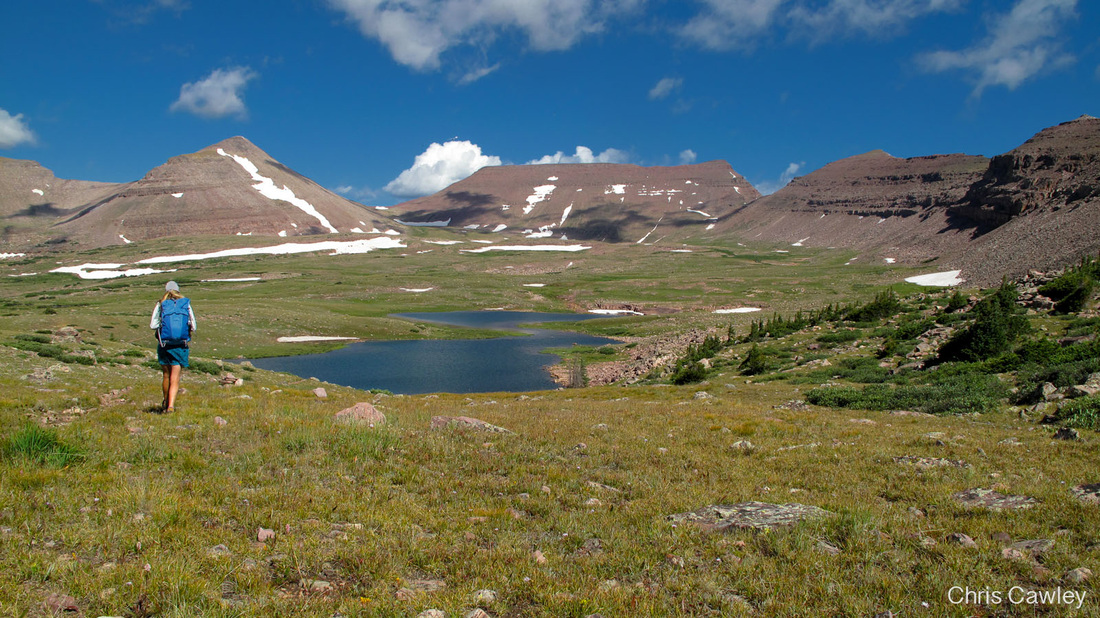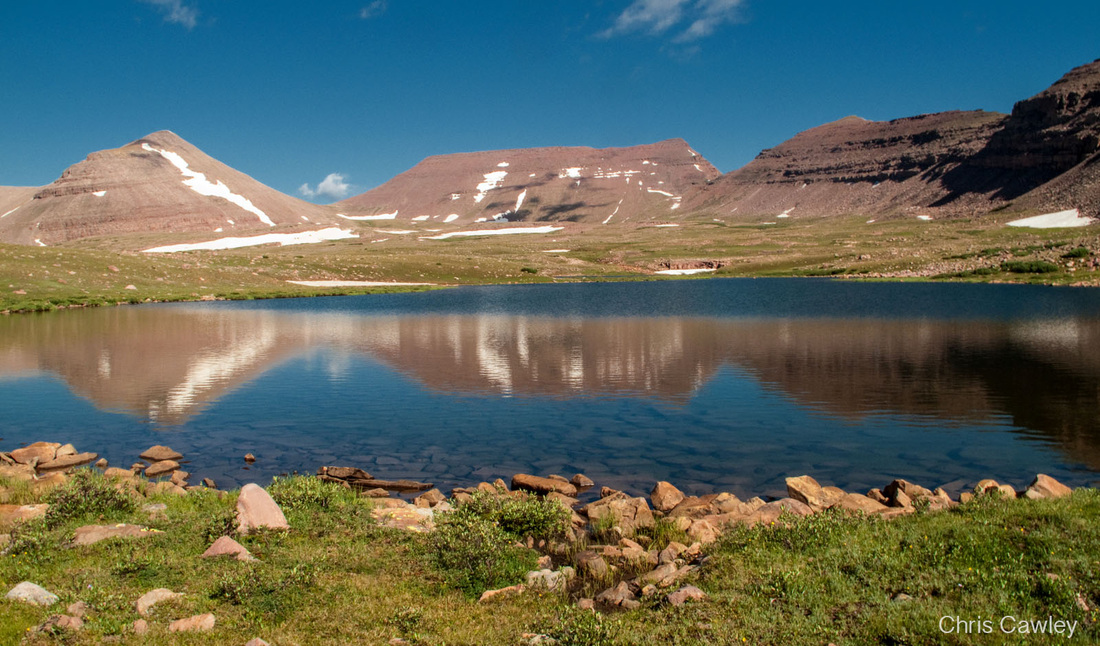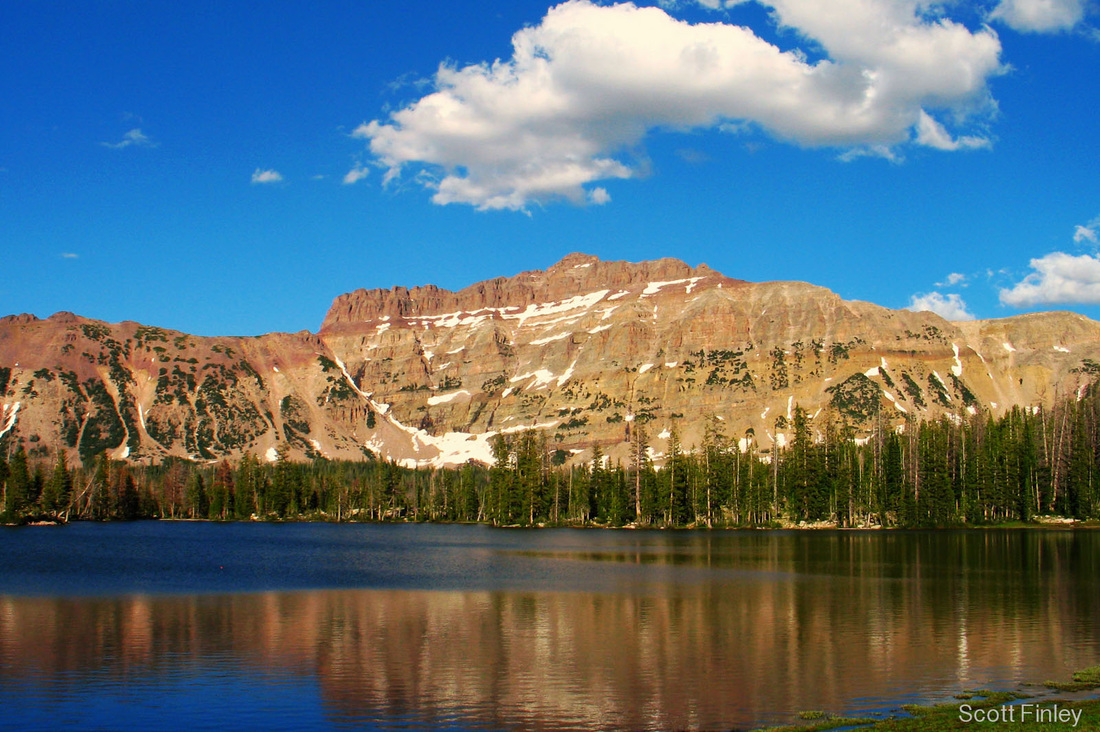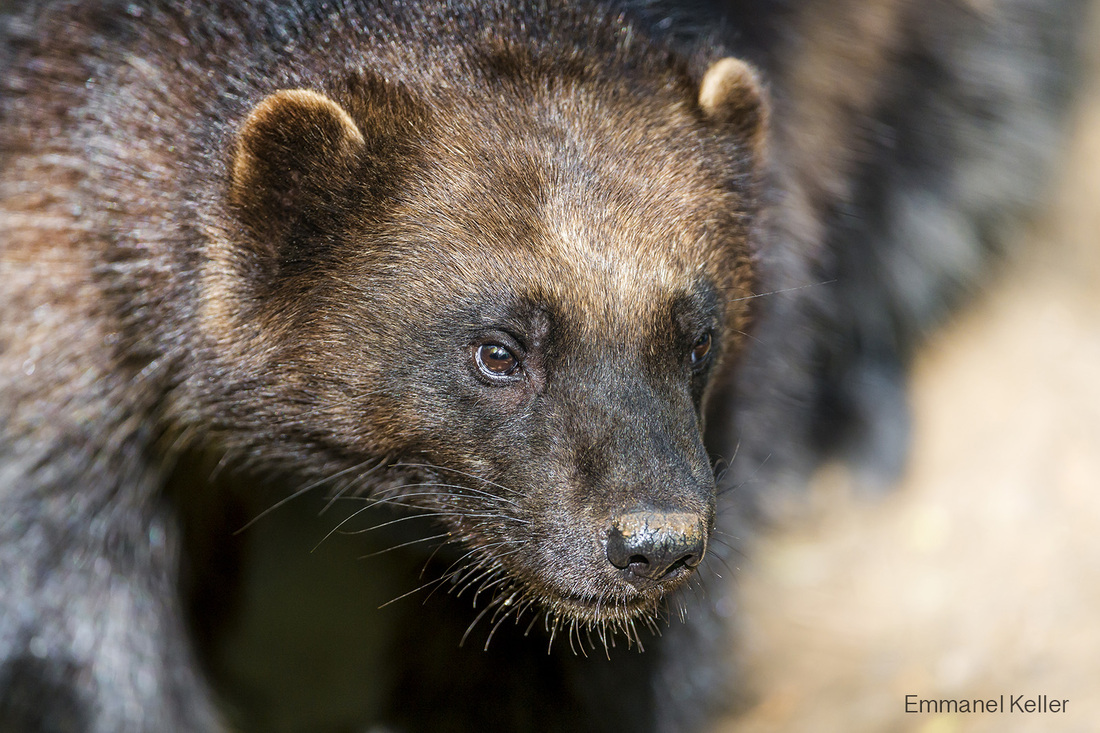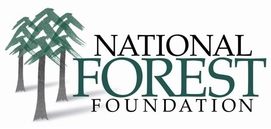Uinta Carnivore Survey
Providing a snapshot of the species biodiversity in the Uinta Range

Less than 100 miles from one of America’s fastest growing urban areas, the Uintas are also the backyard for more than a million people.
In summer 2015, following the 50th anniversary of The Wilderness Act, Adventure Scientists ran a project in partnership with the Uinta-Wasatch-Cache National Forest to survey for wolverine and lynx deep in the High Uintas Wilderness.
After two weekends of backcountry training, this volunteer survey crew managed 30 baited, motion-activated cameras in more than a dozen drainages on the range’s remote north slope. Crews checked their two assigned camera stations once a month through late September. Accessing sites required long car-to-car day hikes or overnight backpacking trips.
With more applicants than openings, Adventure Scientists selected the crew on the basis of outdoor competence, previous volunteer commitments and an ability to make five outings to the Uintas between June and October. Crew members received training in camera trapping, GPS use and digital data collection using smart phones and tablets.
Foundation.


